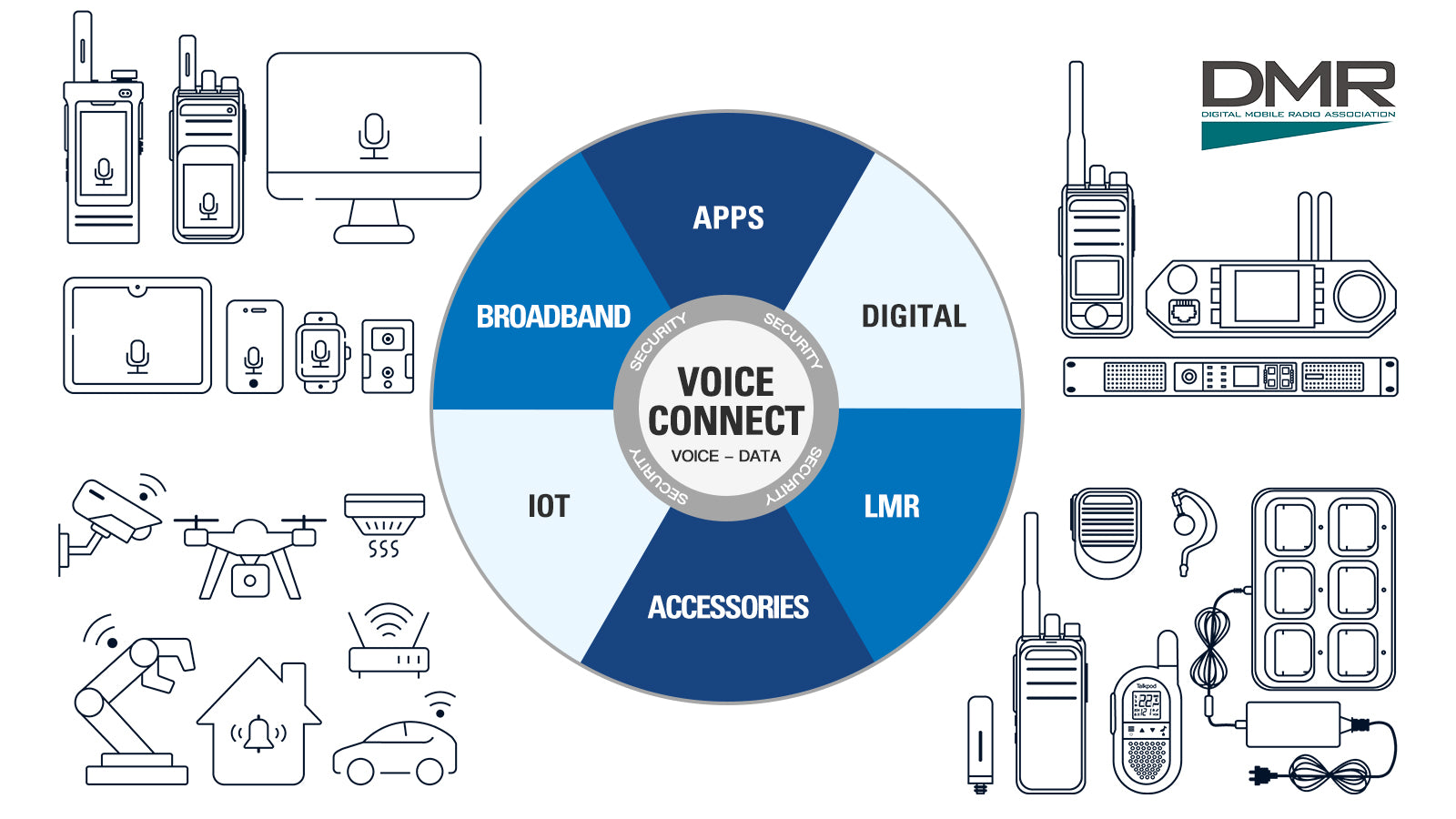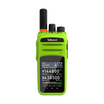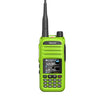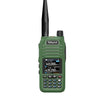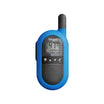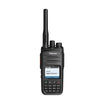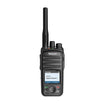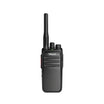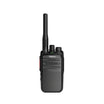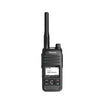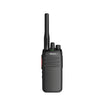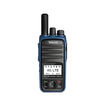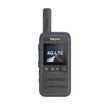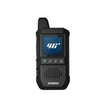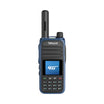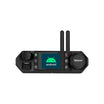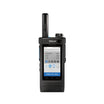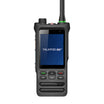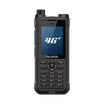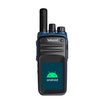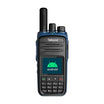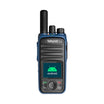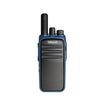What is a Base Station in Two-Way Radio Communication?
A base station in the context of two-way radio communication refers to a fixed, central hub that facilitates wireless communication within a network. Positioned strategically to cover a designated area, a base station transmits and receives signals to and from portable or mobile two-way radios, enabling seamless communication across different locations. Imagine it as the heart of a two-way radio system, pumping out signals like blood, ensuring the life of communication flows smoothly and efficiently throughout the network.
How Does a Base Station Work in Two-Way Radios?
The base station operates by maintaining a constant connection with the two-way radios within its range. When a user speaks into a two-way radio, the radio converts the voice into radio waves, which are then transmitted to the base station. The base station receives these waves, amplifies them, and rebroadcasts them to other radios in the network. It can also route the communication to other networks or channels, extending the reach of the communication beyond local limitations.
Moreover, base stations are equipped with high-powered antennas placed at significant heights, which allow them to cover larger areas than a typical handheld or mobile radio could. This setup is crucial in maintaining clear and consistent communication, especially in environments with physical obstructions or in vast open spaces.
Why are Base Stations Vital in Two-Way Radio Communications?
- Extended Coverage: Base stations enhance the range of communication, ensuring users spread over wide areas can remain in touch.
- Improved Signal Quality: They boost the strength and clarity of the radio signals, providing better audio quality and reducing the likelihood of dropped communications.
- Centralized Control: Base stations can serve as control centers for the radio network, allowing for centralized management, including dispatch services, emergency alerts, and coordination between multiple users or teams.
- Scalability: They enable the expansion of two-way radio systems, allowing for additional radios or repeaters to be added to accommodate growing communication needs.
- Integration: Modern base stations can integrate with other communication systems and technologies, offering a bridge between traditional radio communication and digital platforms like VoIP or cellular networks.
Conclusion
Base stations are indispensable components of two-way radio systems, providing the essential infrastructure needed for effective wireless communication. Whether used in public safety, construction, or any field requiring reliable and extensive communication, base stations offer the range, clarity, and control necessary to keep operations running smoothly. As technology advances, the functionality and efficiency of base stations continue to evolve, offering even more sophisticated solutions to meet the complex demands of modern communication needs.


